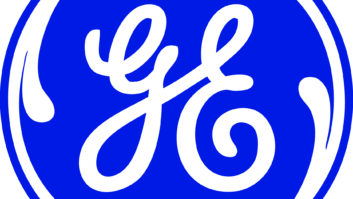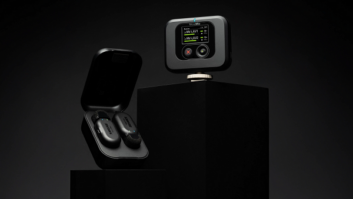New York — Sprint and Palm reiterated plans to launch the new Pre PDA phone in the first half but held pricing close to the vest, saying only that the Pre must be purchased with a voice plan that includes unlimited-data service to prevent dissatisfaction with unanticipated data charges.
During a webcast, Sprint consumer acquisition director David Owens and Palm product manager Matt Crowley outlined features and answered emailed questions about the 3G Pre, launched at International CES in January.
The Pre is the first PDA phone built on a new Palm-developed operating system called WebOS. Sprint will offer the phone exclusively for an undisclosed period.
Among other items, Palm’s Crowley said Palm has no plans to license the OS “at this time,” nor is there any talk of doing so within Palm. He also said Palm would continue to offer Windows Mobile OS PDA phones and would launch an application store from which users could download new applications over the cellular airwaves.
Crowley also defended the lack of a memory card slot, requiring users to depend on 8GB of embedded flash to store data. He called 8GB “sufficient for a large amount of people” and noted that the Pre’s “polished-river-stone look and thin curved shape with QWERTY keyboard pulled down couldn’t have been achieved if Palm had to make room for a slot.
Crowley also said the Pre would launch with casual gaming applications and that its use of such industry standards as xHTML, Java Script and CESS would enable Web services such as Pandora to quickly write applications for the Pre.
At launch, Palm and Sprint will also make available the Touchstone charging dock, billed as the industry’s first inductive charging station for a cellphone. A wall charger with micro-USB connector will be provided out of the box, however.
The 3G phone, equipped with 3.1-inch touchscreen and slide-down QWERTY keyboard, features a motion user interface that lets consumers execute basic navigation functions through finger swipes and gestures. Unlike other PDA phones, however, users can run multiple live applications simultaneously like a desktop or laptop computer. The phone stacks multiple live screens on top of one another like a deck of cards instead of minimizing screens as PCs and laptops do. Consumers swipe a finger across the top card to “deal” it away, revealing the card underneath. Users can also stack multiple live Web pages or multiple email messages on top of one another.
A feature called Synergy aggregates contact lists, calendar items and email messages from multiple sources, including Web-based sources. The contact list, for example, automatically combines contacts from a user’s Outlook, Facebook, Google and other lists. The calendar function automatically aggregates a user’s Outlook, Google and Facebook calendars, then displays appointments from all of the calendars at once. If the user chooses to display only calendar at a time, the phone still indicates that certain times are booked on the other calendars. Multiple email inboxes are also aggregated, as are multiple instant messaging accounts.
The OS also enables a universal search function, which lets users type in words to search for information stored in any application on the phone. If the information isn’t stored in the phone, the phone automatically searches the Web for the data through Google.
The OS also displays notifications of email, instant messages and appointments when a user is in another application.













